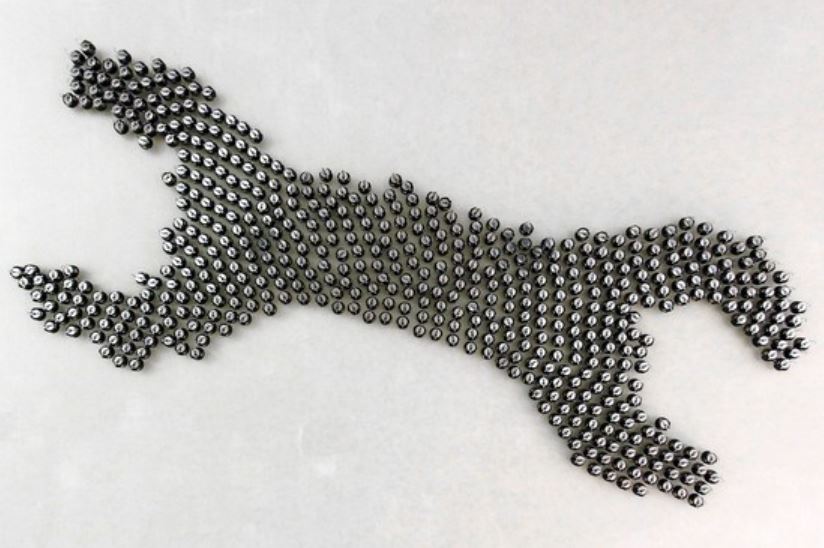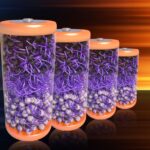 Harvard researchers have taken a page from nature’s playbook by designing a robotic swarm inspired by the unassuming California blackworm. At Harvard SEAS’s Designing Emergence Laboratory, Justin Werfel and his team use flexible synthetic polymers and a pressurised internal air chamber to create robots that curl and entangle much like their living counterparts. This clever mimicry allows the robots to move in unison, much like blackworms naturally form tightly wound groups to stay warm and ward off predators.
Harvard researchers have taken a page from nature’s playbook by designing a robotic swarm inspired by the unassuming California blackworm. At Harvard SEAS’s Designing Emergence Laboratory, Justin Werfel and his team use flexible synthetic polymers and a pressurised internal air chamber to create robots that curl and entangle much like their living counterparts. This clever mimicry allows the robots to move in unison, much like blackworms naturally form tightly wound groups to stay warm and ward off predators.
The design isn’t just about imitation – it’s about harnessing the practical advantages of nature’s solutions. Each robot, currently powered individually, could one day work untethered with emerging microfluidics technology. Whether exploring disaster zones, negotiating challenging terrain, or moving bulky objects, this research shows how a simple natural behaviour can spark complex, collaborative action in machines.
Werfel wonders if the very mechanism that keeps these robots physically connected might also serve as a means of communication and coordination. Building on work from Harvard’s HIVE platform and past projects at the CODA data centre, the team – which includes experts like Carina Kaeser, Junghan Kwon, Elio Challita, and others – is paving the way for fresh insights into emergent behaviour.
Sure, these worm-like robots might look a bit unconventional at first, but they remind us that nature often holds the key to solving tough engineering challenges. If you’ve ever struggled with getting separate systems to work seamlessly together, this innovation could offer some much-needed ideas. With support from the National Science Foundation and the National Institutes of Health, these advances are set to make a real impact in both science and exploration.








